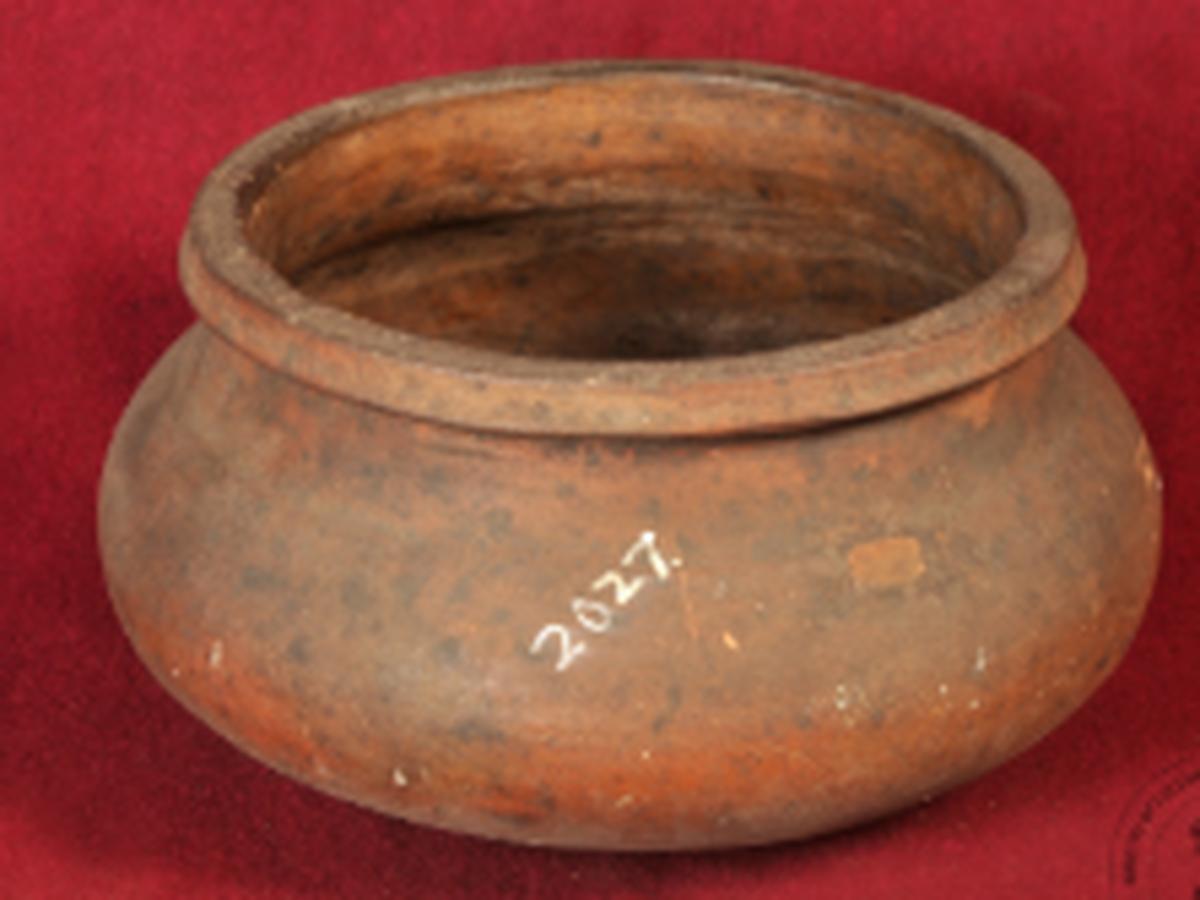State
Tribe Name
Art Type
short description
The Pot Dish baked Clay is one of the earthenware crockery among the Khasi people, the indigenous community mostly residing in the hills of Meghalaya, Northeastern India. They are best known for their relationship with nature and resourceful craftsmanship fruits. The Khasis have practiced this art of pot making for ages, using the different types of clay available locally and the firing techniques used for registering the nature of the clay. This vessel consists of a circular shape made of baked clay-an agent which is good to use because of its heat resistance and improving the natural flavor of the food while cooking. There is a thick rim on the vessel giving strength and factory holding when the pot is handled during cooking. This is most effective in such traditional cooking modes where pots are lifted out of open flames or hearths directly.
Thumbnail

Filter Postion
Left
Filter Background
Off
Theme
Filter Header Image

content
Image

description
The Pot Dish baked Clay is one of the earthenware crockery among the Khasi people, the indigenous community mostly residing in the hills of Meghalaya, Northeastern India. They are best known for their relationship with nature and resourceful craftsmanship fruits. The Khasis have practiced this art of pot making for ages, using the different types of clay available locally and the firing techniques used for registering the nature of the clay. This vessel consists of a circular shape made of baked clay-an agent which is good to use because of its heat resistance and improving the natural flavor of the food while cooking. There is a thick rim on the vessel giving strength and factory holding when the pot is handled during cooking. This is most effective in such traditional cooking modes where pots are lifted out of open flames or hearths directly.
The bottom of the pot is round, which is a common shape in indigenous pottery so that heat is distributed evenly on the nearly conical shape. Thus, it is perfect for staple Khasi dishes that include rice, lentils, and meat stews. This rounded base fits well over traditional clay or stone stoves being used in many Khasi homes.These earthen pots are utilitarian objects and perhaps more meaningful for the Khasi tribe because they hold notions into sustainable living and cultural identity. Handmade and fired without using industrial equipment, each pot is a mark of the artisan's skill and traditional knowledge of a region. Today, such pots are preserved in institutions like the Indian Museum, Kolkata, where they stand as important artifacts of the material heritage of the Khasi tribe
The bottom of the pot is round, which is a common shape in indigenous pottery so that heat is distributed evenly on the nearly conical shape. Thus, it is perfect for staple Khasi dishes that include rice, lentils, and meat stews. This rounded base fits well over traditional clay or stone stoves being used in many Khasi homes.These earthen pots are utilitarian objects and perhaps more meaningful for the Khasi tribe because they hold notions into sustainable living and cultural identity. Handmade and fired without using industrial equipment, each pot is a mark of the artisan's skill and traditional knowledge of a region. Today, such pots are preserved in institutions like the Indian Museum, Kolkata, where they stand as important artifacts of the material heritage of the Khasi tribe
Image Mode
landscape
promoted
On
Verified
Off
